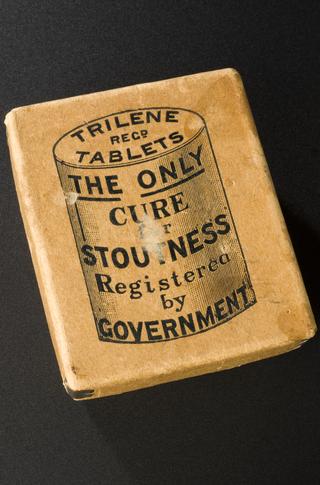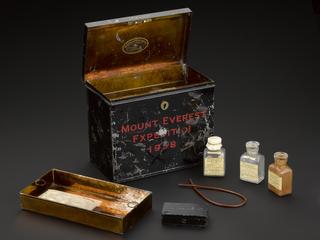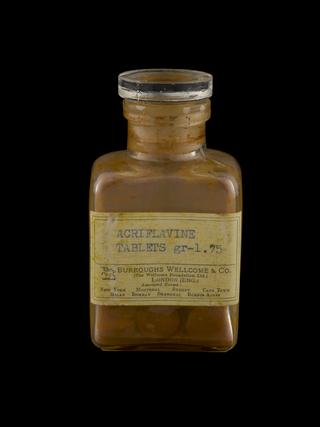
Two pieces of cinchona bark, South America, 1601-1700
- Made:
- 1601-1700 in South America

3 small pieces of cinchona bark, once in a replica of 17th century box from the Pharmacie della Scala, Rome, bark apparently original, seventeenth century
Quinine is the component of cinchona bark, which makes the bark effective in treating and preventing malaria. Before quinine was isolated in 1820, the bark was ground up and drunk with milk or water or chewed as a pain and fever reliever.
According to the documentation for this piece of cinchona bark, it dates from 1601-1700, making it a very old surviving piece of tree material. The bark probably originated in South America, most likely Peru.
Details
- Category:
- Materia Medica & Pharmacology
- Collection:
- Sir Henry Wellcome's Museum Collection
- Object Number:
- A654742
- Materials:
- bark
- type:
- sample

